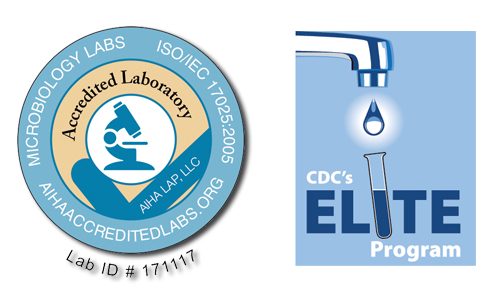New Disease Report in collaboration with Brazil
Published: January 28th, 2019
Revised: January 29th, 2019
First report of the identification of a ‘Candidatus Phytoplasma pruni’-related strain of phytoplasma in Melothria pendul
In 2017, Sporometics participated in the Canadian AgriTech Mission to Brazil led by Global Affairs Canada and NRC-IRAP. We are pleased to announce Sporometrics’ first collaborative publication with these partnerships can now be read in the journal Plant Pathology.
Sporometrics own plant pathologist expert, Dr. Yaima Arocha-Rosete, along with Dr. Helena Guglielmi Montano of the Entomology and Plant Pathology Department, Universidade Federal Rural do Rio de Janeiro (UFRRJ), have been working on describing the Guadeloupe cucumber as a new host plant for phytoplamsa infection. In Brazil, photoplasma has already been associated with causing disease in the cassava plant. Identifying new crops as a potential host for phytoplasma infections has been an ongoing concern in the agricultural sector. Across the world, phytoplasma infected crops have left their devastating impact on the agricultural economy. Sporometrics continuing efforts in studying infected coconut crops in the Ivory Cost in addition to these new research opportunities in Brazil may lead us in the right direction to combat plant diseases.
You can read the full publication in Plant Pathology Here
Serpula lacrymans PCR testing [SLDNA]
Published: January 23rd, 2019
Revised: March 21st, 2023
Serpula lacrymans is the most common of several fungi known to cause dry rot. Colonization of wood by dry rot fungi can cause irreversible damage if left unchecked. Damage caused by S. lacrymans is highly conspicuous and easily recognized, causing the infected wood to turn brown, crumbly, and dry. However, by the time these changes are noticeable, the wood may already be in an advanced stage of decay. The fungus is capable of traveling several meters through dry, nutrient-free material such as concrete and brick far from the original source of moisture. In response to the need for a quick early detection method for S. lacrymans, Sporometrics developed a PCR based method to screen for S. lacrymans in wood. If PCR testing for S. lacrymans fails to detect this agent, we may be able to determine the presence of other potential dry rot fungi such as Meruliporia incrassata by direct DNA sequencing using test FDNA, depending on the condition of the sample.
Types of samples to send
- Bulk samples of the suspect wood
- Bulk samples of the suspect mushroom
- Bulk samples of soil





